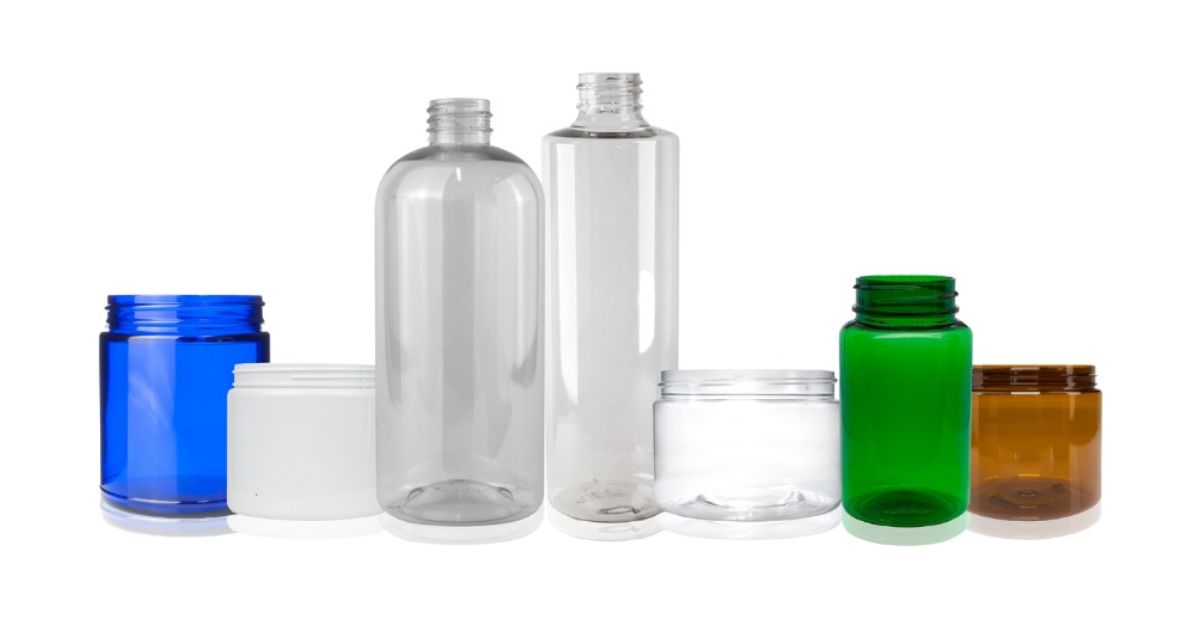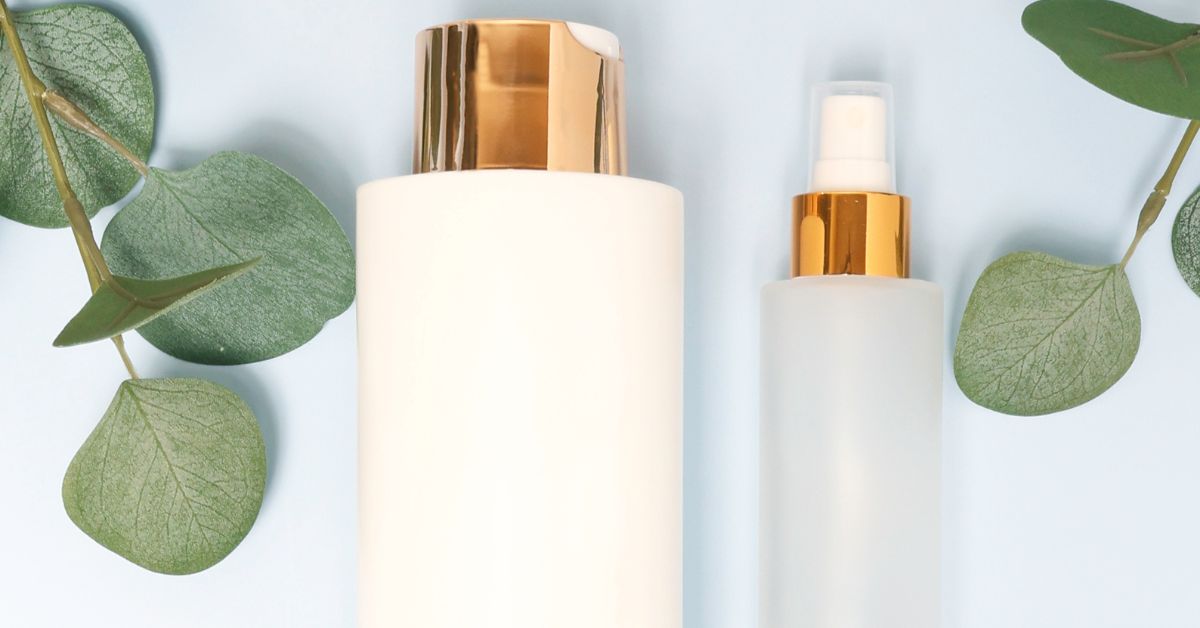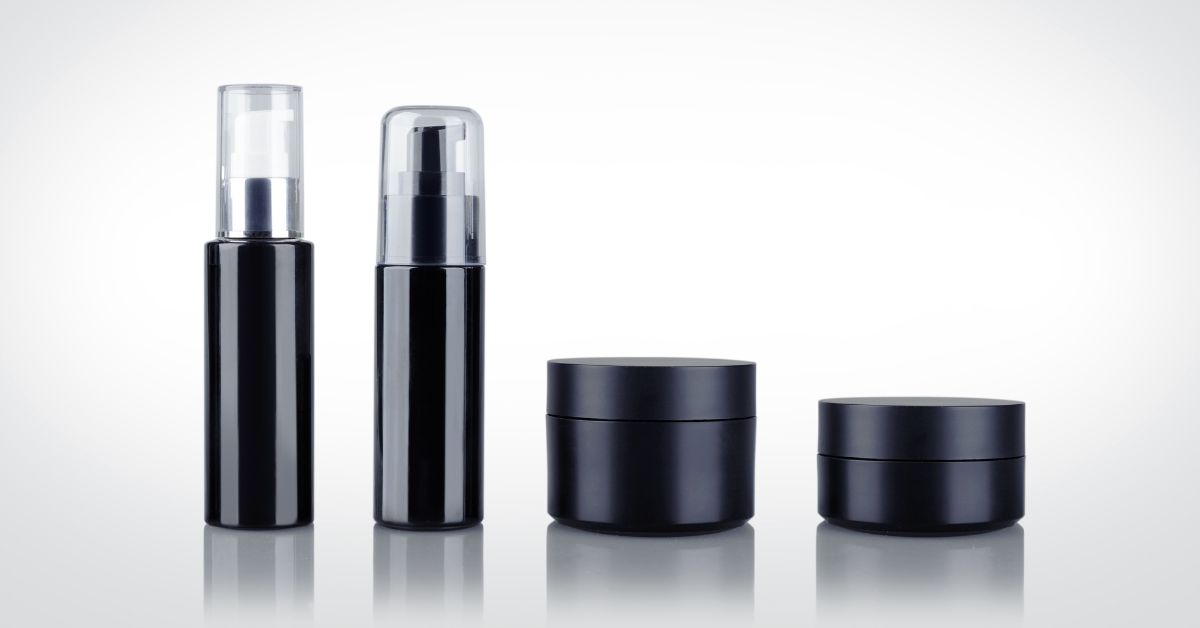Choosing the right plastic bottles for your products is crucial. The container you choose protects your product and significantly affects user experience and brand perception. With so many options available on the market, it can be overwhelming to find the perfect plastic bottle for your specific needs. This guide will walk you through everything business owners and product manufacturers need to look for when selecting plastic bottles.
Consider the Application
When selecting plastic bottles, start by considering their application. Different products require different types of containers. For example, if you’re packaging food or beverages, you’ll need plastic bottles that meet FDA food-grade requirements. On the other hand, businesses packaging cosmetic products would need to prioritize containers that offer UV protection and other quality control measures to preserve product integrity.
Understanding the specific needs of your product will guide you toward the right type of plastic bottle. This ensures that the container will function as needed and maintains the quality and safety of the product.
Make a list of your product requirements. This will serve as a checklist you can reference while choosing different bottles.
Overview of Commonly Used Plastic Bottle Materials

There are several types of plastic materials used in bottle manufacturing. Each has its own set of characteristics. The most common types include PET (polyethylene terephthalate), HDPE (high-density polyethylene), and PP (polypropylene). Here is a quick overview of each type and its characteristics.
PET Bottles
PET is a lightweight plastic material used to produce water bottles, soda bottles, and other beverages. Manufacturers commonly use this material for food packaging due to its resistance to oxygen and water vapor. PET is an excellent choice for products that require transparency or have high impact resistance needs. However, it may not be suitable for hot-fill products as it has a lower melting point than other plastics.
HDPE Bottles
HDPE is another popular choice for manufacturers looking for durable and versatile plastic bottles. This type of plastic is common in packaging products such as cleaning solutions, shampoo, and other household items. HDPE offers strength and chemical resistance, making it an excellent choice for products that contain or encounter harsh substances.
PP Bottles
PP is a versatile plastic material with good chemical resistance, making it suitable for various applications. It’s a suitable material for food and cosmetic containers due to its high heat tolerance and ability to withstand sterilization processes. PP bottles are also lightweight and have a low environmental impact, which can be attractive to environmentally conscious consumers.
Considerations for Packaging Design
Durability is a key factor when choosing plastic bottles. PET bottles are strong and resistant to impact. HDPE offers excellent durability and chemical resistance. PP bottles are versatile but can be less durable at low temperatures.
Safety is also paramount. Choose a plastic material that complies with regulatory standards such as FDA food-grade requirements. PET and HDPE are generally safe for food and beverage applications. PP is often best for medical and pharmaceutical products due to its chemical resistance.
Consider the environmental impact. You can recycle PET and HDPE, making them more sustainable choices. PP is also recyclable, but not in all areas, and it may take more effort for consumers to recycle. Look for plastic bottles made from recycled materials to further reduce your environmental footprint.
Considerations When Choosing Plastic Bottles
Now that you know a bit more about the materials themselves, here are some additional factors to consider when choosing your product’s plastic packaging.
Regulatory Compliance and Safety Standards
Regulatory compliance is non-negotiable. Ensure the plastic bottles meet industry safety standards. Plastic bottles should be FDA-approved for food and beverage products. Cosmetic and pharmaceutical products may have additional regulatory requirements.
Safety standards vary by region. Stay informed about local regulations to ensure your product meets all legal requirements for sale. You can consult with a packaging supplier such as FH Packaging to learn more about material regulations based on your applications.
Environmental Sustainability and Recyclability

Sustainability is increasingly important to consumers. Select plastic bottles that consumers can recycle and reuse easily. PET and HDPE are the most recycled plastics. Incorporating recycled materials into your bottles can also enhance sustainability.
Evaluate the entire life cycle of the bottle and consider the environmental impact from production to disposal. These sustainable choices and considerations benefit the environment and appeal to eco-conscious consumers.
Compatibility With Product Contents
Compatibility is crucial to avoid product contamination. Ensure the plastic material is compatible with your product’s ingredients. For example, certain chemicals can degrade specific types of plastic. Conduct compatibility testing and consult with your supplier to prevent adverse reactions.
Take note of the product’s shelf life and packaging requirements. Some products, such as cosmetics, may require additional barriers to protect against light, air, or moisture. Choose bottles that provide the necessary protection.
Impact of Bottle Design on User Experience and Brand Perception
Design matters, and a well-designed bottle enhances the user experience. It makes the product easier to use and more attractive. Aesthetic appeal can encourage more purchases and help your products appear trendier.
Consider the ergonomics of the bottle. Is it easy to hold and pour from? Does the design reflect the brand’s identity? An easy-to-use and visually appealing bottle can set your product apart on crowded shelves.
Customization Options for Unique Branding and Functionality
Customization allows you to tailor the bottle to your brand’s needs. Custom colors, shapes, and labeling can make your product stand out. Work with your supplier to explore customization options. For example, at FH Packaging, we offer a wide range of plastic colors and bottle shapes, sizes, and closures to choose from.
Factors To Consider When Choosing a Supplier or Manufacturer
Selecting the right supplier is crucial. Look for suppliers with a proven track record of quality and reliability. Check for certifications and industry accreditations. These indicate adherence to high standards.
Evaluate the supplier’s production capacity and lead times. Can they meet your demands consistently? Assess their quality control processes and offerings to ensure product quality.
Where To Find Plastic Bottles?
If you’re looking for a supplier that meets these qualifications and more, FH Packaging is a trusted name in the industry. We offer a wide range of high-quality bulk plastic containers. Our products meet stringent regulatory standards to ensure safe and functional products. Our team of experts ensures that our bottles are functional and visually appealing. Partner with us for all your packaging needs.
Choosing the right plastic bottles for your products is a vital decision. It impacts product safety, user experience, and brand perception. Remember the considerations above and partner with a reliable supplier like FH Packaging to ensure you get the best quality and service.
For more information or assistance in selecting the perfect plastic bottles for your business, reach out to our team. We are here to help you make informed choices that contribute to your success.
